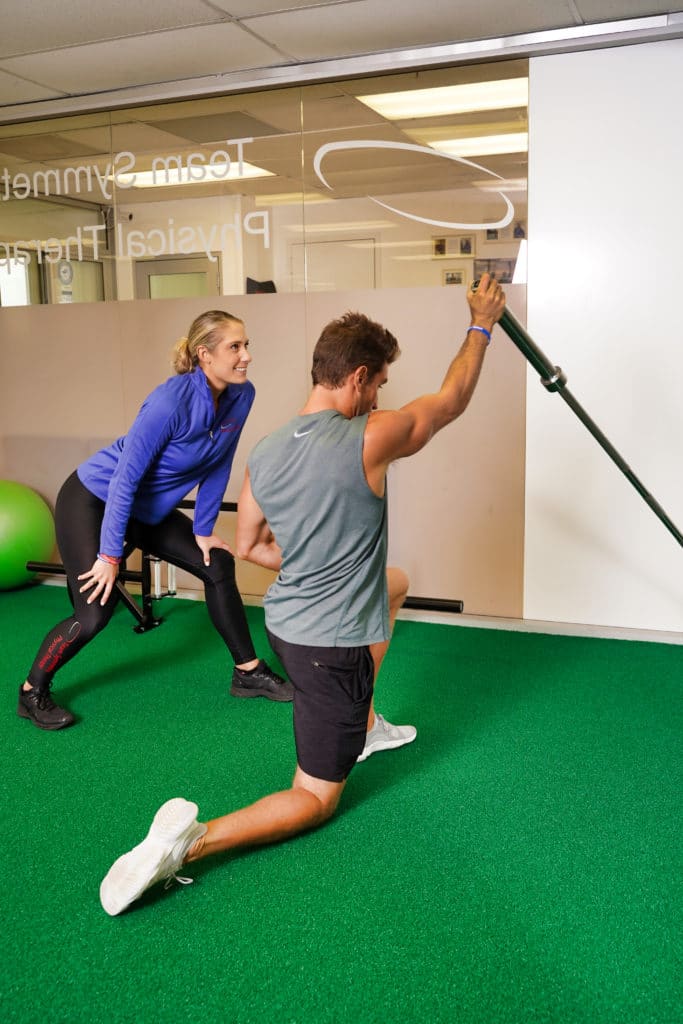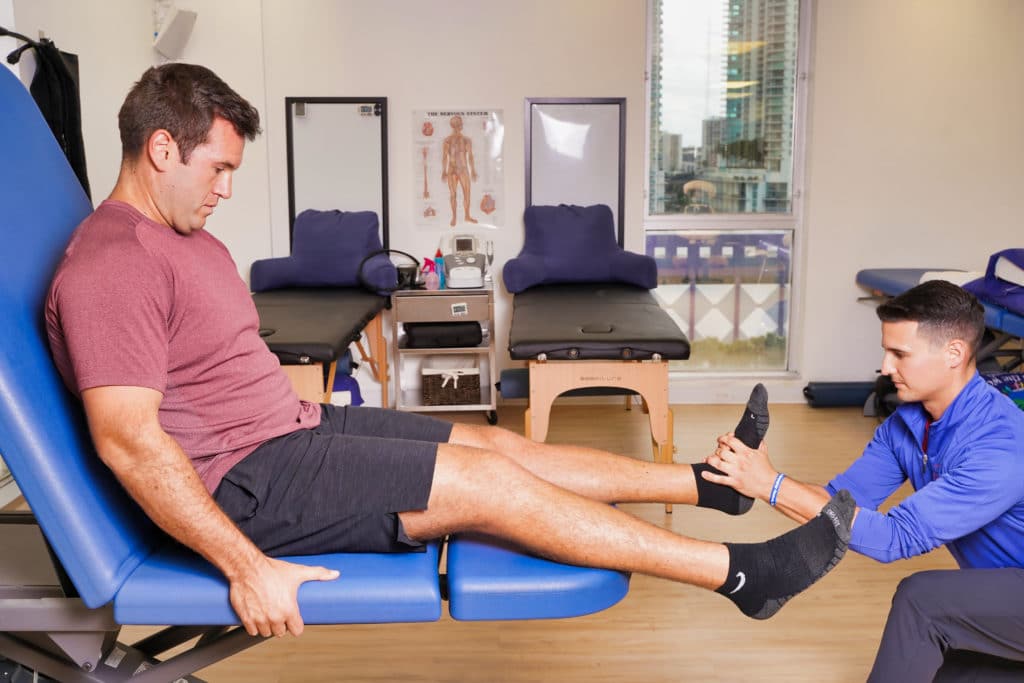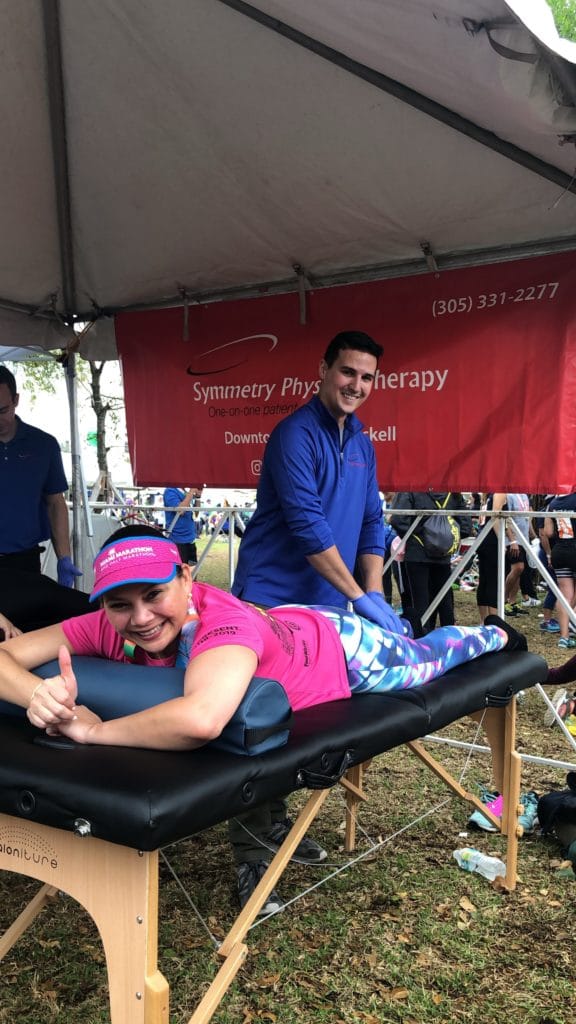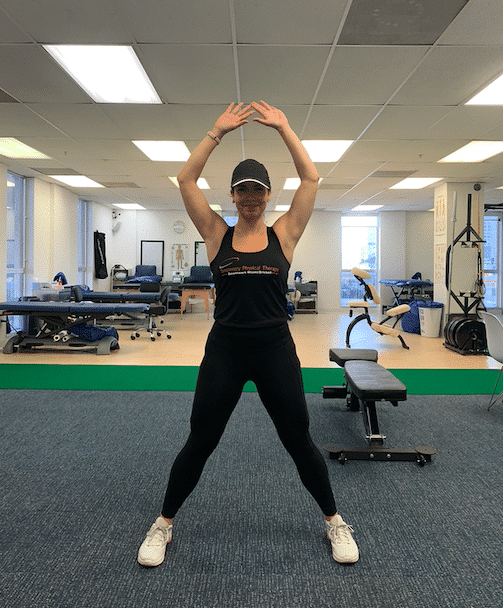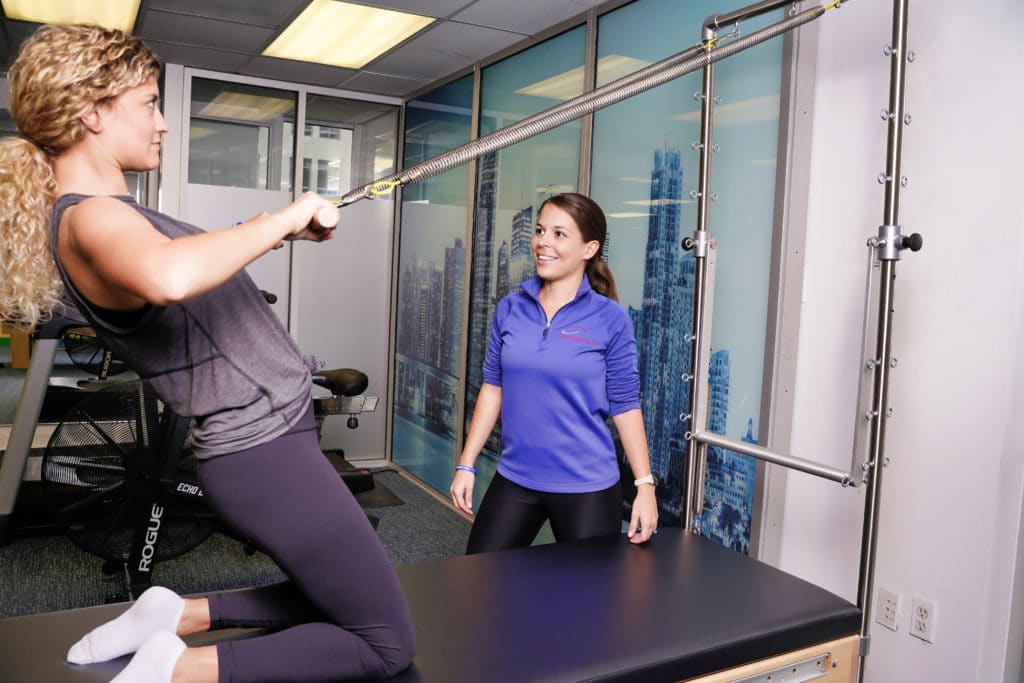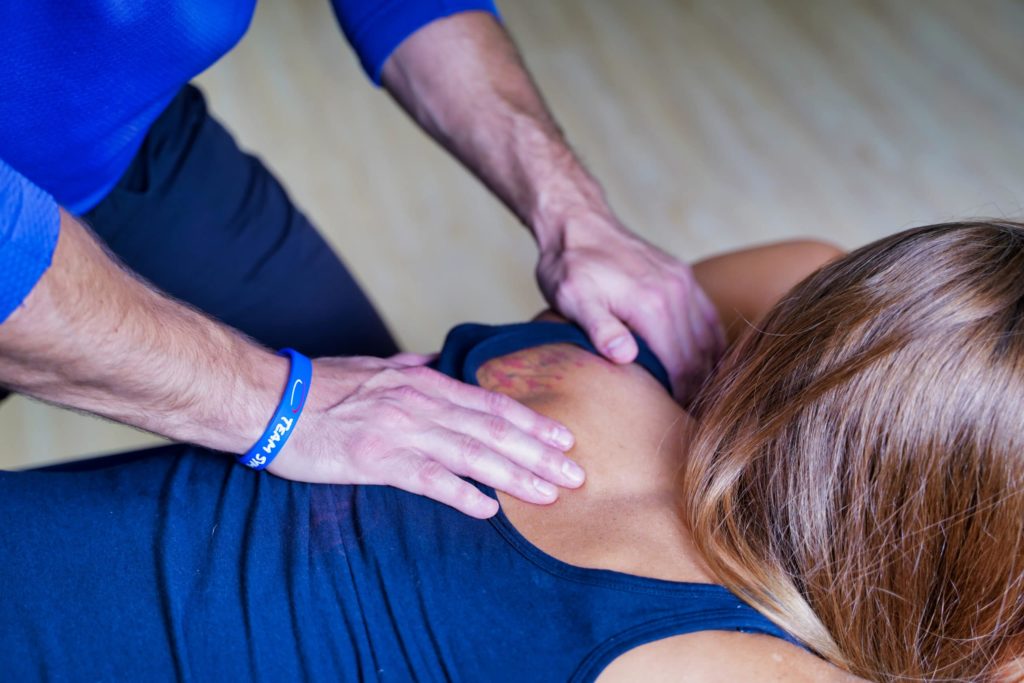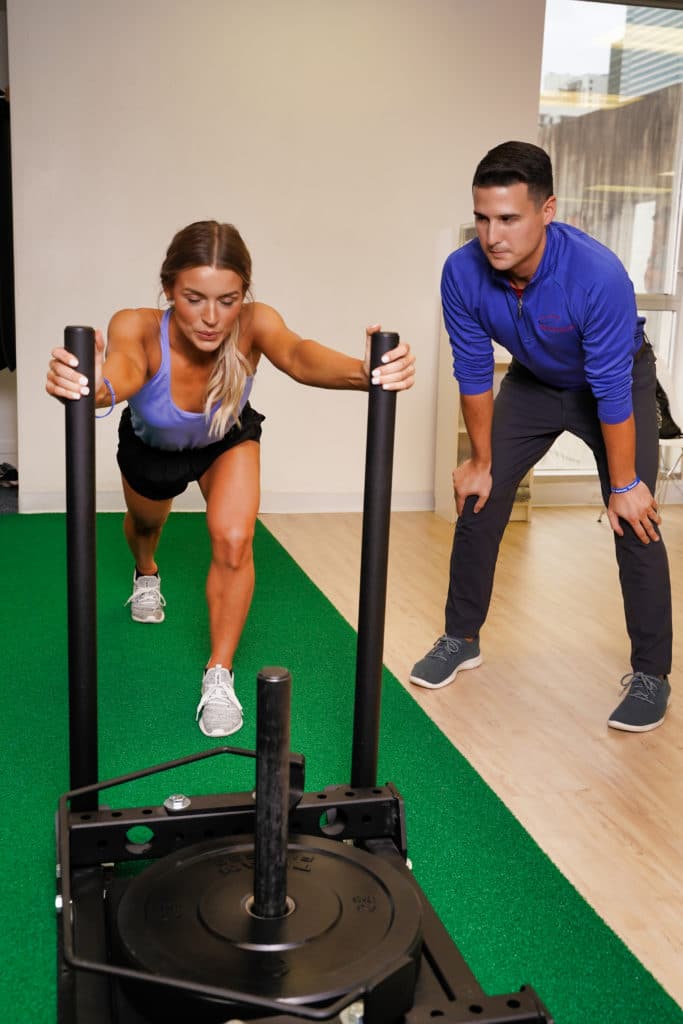Blog
Early ACL Rehab Goals
Early ACL Rehab Goals Anterior Cruciate Ligament (ACL) injuries are one of the most common knee injuries among athletes. It is estimated by the American Orthopedic Society for Sports Medicine that 150,000 ACL injuries occur each year. The majority of these injuries require surgical intervention to repair the ACL. A thorough rehabilitation plan of care following surgery…
Read MoreBilateral Limb Deficit Phenomenon
Bilateral Limb Deficit Blog Conventional training during the off-season typically consists of tracking progress through 1RM during exercises such as squats, bench press, and deadlift. These are all considered double limb exercises for stability. However, conventional double limb training methods fail to express the specific movement patterns required of most field sports. Most movements associated…
Read MoreWhat is Plantar Fasciitis?
The name “plantar fasciitis” implies inflammation of the plantar fascia. However, most cases are not necessarily inflammatory conditions. Plantar fasciitis can also be commonly misdiagnosed. It takes a licensed physical therapist to examine the differential diagnoses and determine the root cause of the dysfunction. What is the Plantar Fascia? The plantar fascia is a long…
Read MoreHow to Prevent a Running Injury
Running Injuries Athletes or even average active individuals will often experience a running injury. This is a result of high amounts of miles over the course of their training. Poor movement is a primary cause for injuries. It is important to understand proper running form. Improper running form may be caused by problems in strength,…
Read MoreWhat is the Core?
What is the “CORE”? The “core” receives a lot of publicity in today’s society and fitness world. However, there is a lot of confusion about what the term “core” really means. Despite popular belief, having strong and stable core muscles goes beyond having six pack abs. It is possible to have a visible six pack,…
Read MoreA Beginner’s Guide to Pilates
What is Pilates? Pilates is a form of low-impact exercise designed to connect the body and mind while improving strength, flexibility, mobility, stability and core control. Check out our Youtube channel for pilates exercises. Meet Joseph Pilates As a child, Joseph suffered from many illnesses that left him weak and sickly. Inspired…
Read MoreYour Brain on Massage
The Brain’s Response First, massage can be and beneficial for your overall health. A massage can improve the body’s physical state. Massage has not always been considered as an actual form of therapy. It has to gain medical legitimacy. This can be achieved through evidence-based practice. Also, it’s crucial to educate others about how massage therapy…
Read MoreText Neck
What is text neck? Text neck is a modern age term used to describe chronic neck pain caused by excessive texting on mobile devices. In today’s society, we have developed sedentary habits driven by electronic devices that are contributing to a global epidemic. An average person spends 2-4 hours per day with their head tilted…
Read MoreSelective Functional Movement Assessment
What is the Selective Functional Movement Assessment? The Selective Functional Movement Assessment (SFMA) is a clinical assessment tool. It is used to determine a movement diagnosis for those who experience pain. A movement diagnosis is different from a typical medical diagnosis because it focuses on movement. Here at Symmetry Physical Therapy, we are able to…
Read MoreRunning Tips & Tricks
How to get to the finish line One of the most popular events in Miami is taking place this month- the Miami Corporate Run! We here at Symmetry are passionate about exercise and sports performance. We will briefly discuss how to address the run from your running form, injury prevention, and general nutrition. Here are…
Read More

